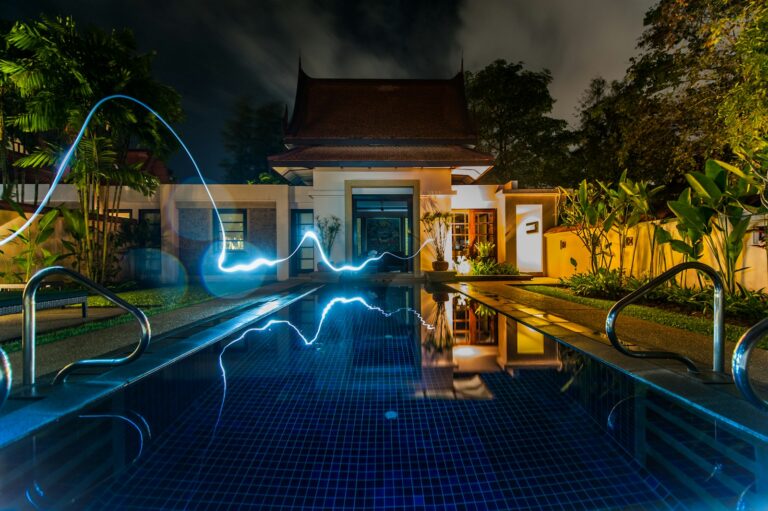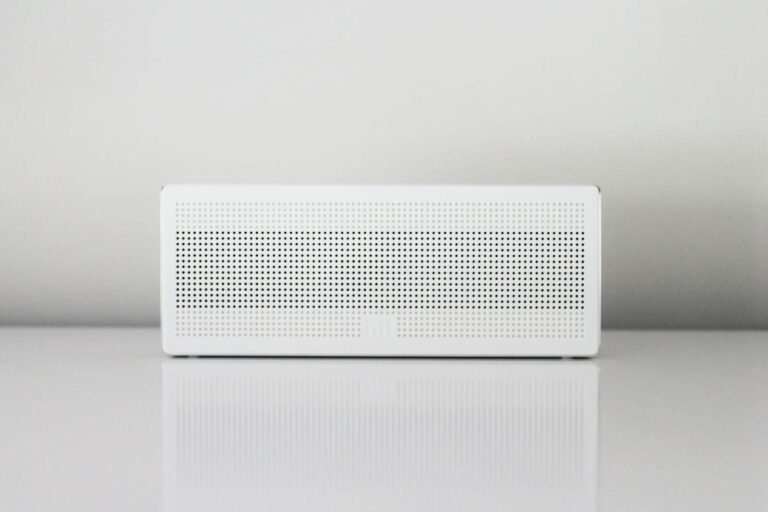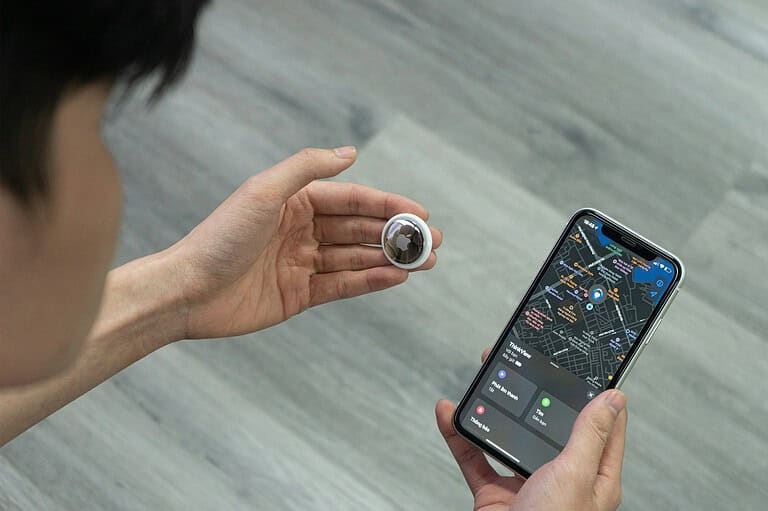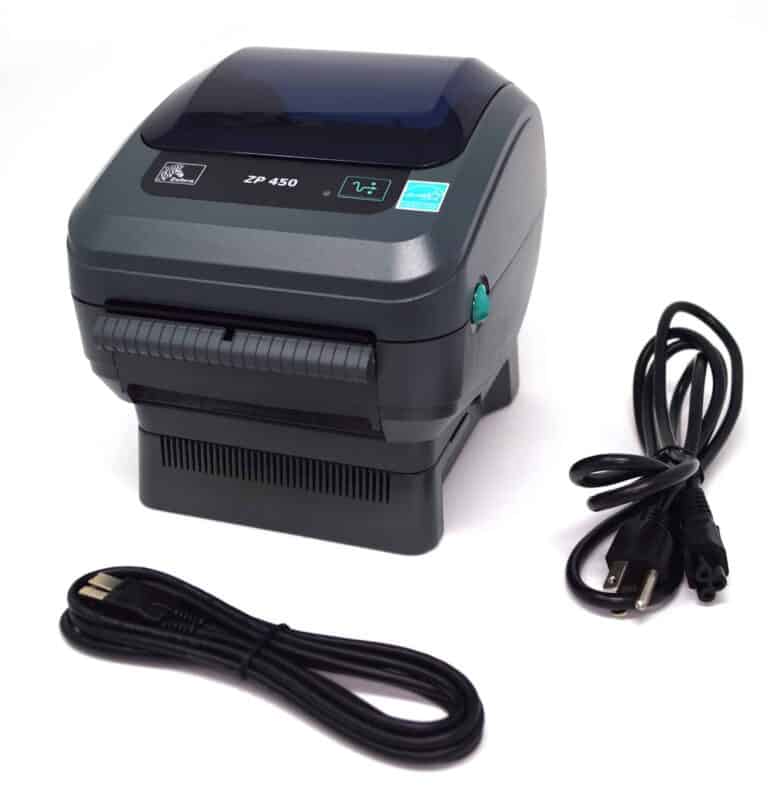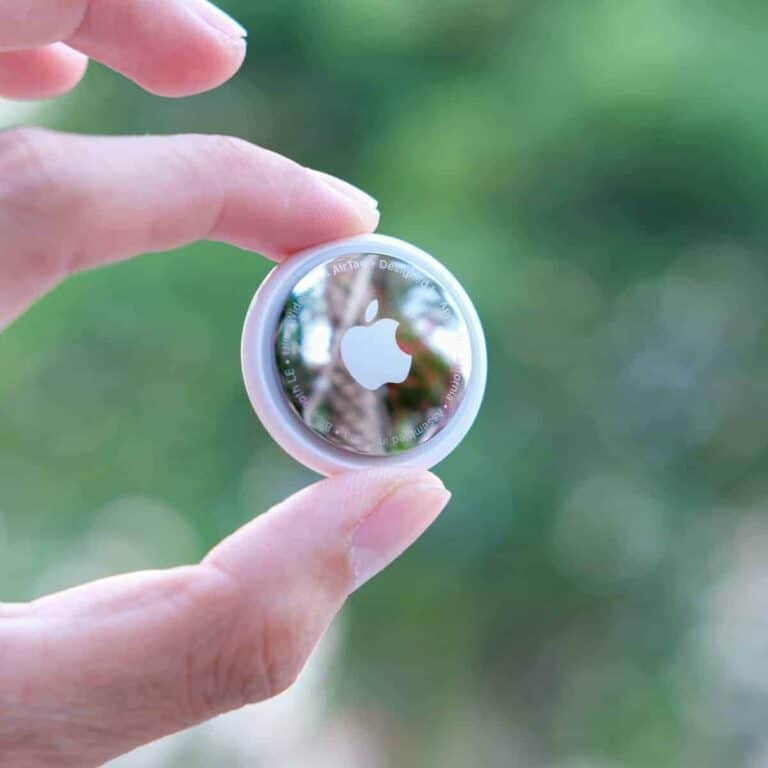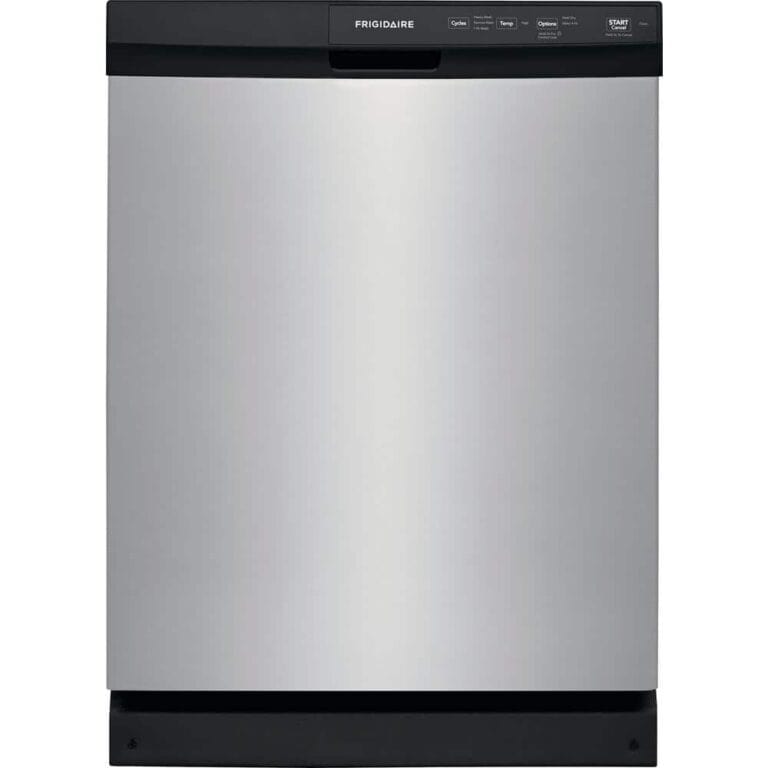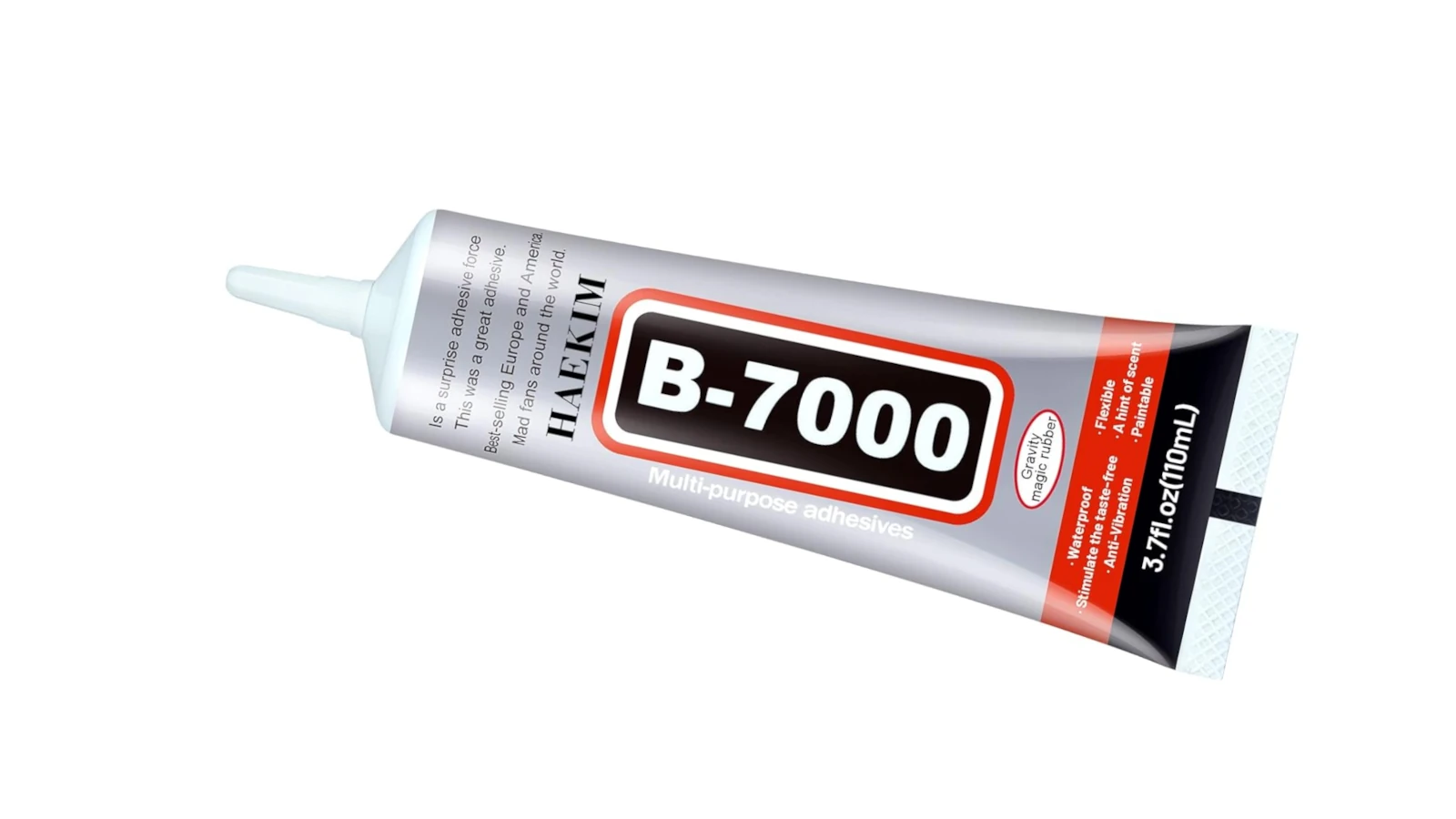
B7000 Glue is gaining traction among DIY enthusiasts and crafters for its versatility as an adhesive. This glue can join a variety of materials, including plastics, metals, glass, and fabrics. It’s a strong contender in the market and appeals to individuals engaging in home repairs, arts, and crafts due to its high elasticity. This also happens to be the glue that many cell phone repair technicians use to re-adhere parts together after disassembly. This attribute not only enhances the glue’s ability to bond but also allows it to withstand vibrations, making it suitable for items that might be moved or handled frequently.
What Is B7000 Glue
| Aspect | Description |
|---|---|
| Type of Adhesive | Multi-purpose industrial-grade adhesive |
| Appearance | Clear, semi-fluid (somewhat viscous) |
| Properties | Waterproof Strong bond Flexible when dry (allows for some movement) Self-leveling (helps create a smooth finish) |
| Common Uses | Smartphone and electronics repair Jewelry making and attaching rhinestones Crafts and hobbies Bonding a variety of materials (glass, metal, fabric, plastic, wood, etc.) |
| Considerations | Strong odor (work in a well-ventilated area) May take several hours to cure fully |
Important Notes:
- B7000 comes with a precision applicator tip in the cap to help control the flow of glue.
- It has gained popularity as an alternative to other similar adhesives like E6000.
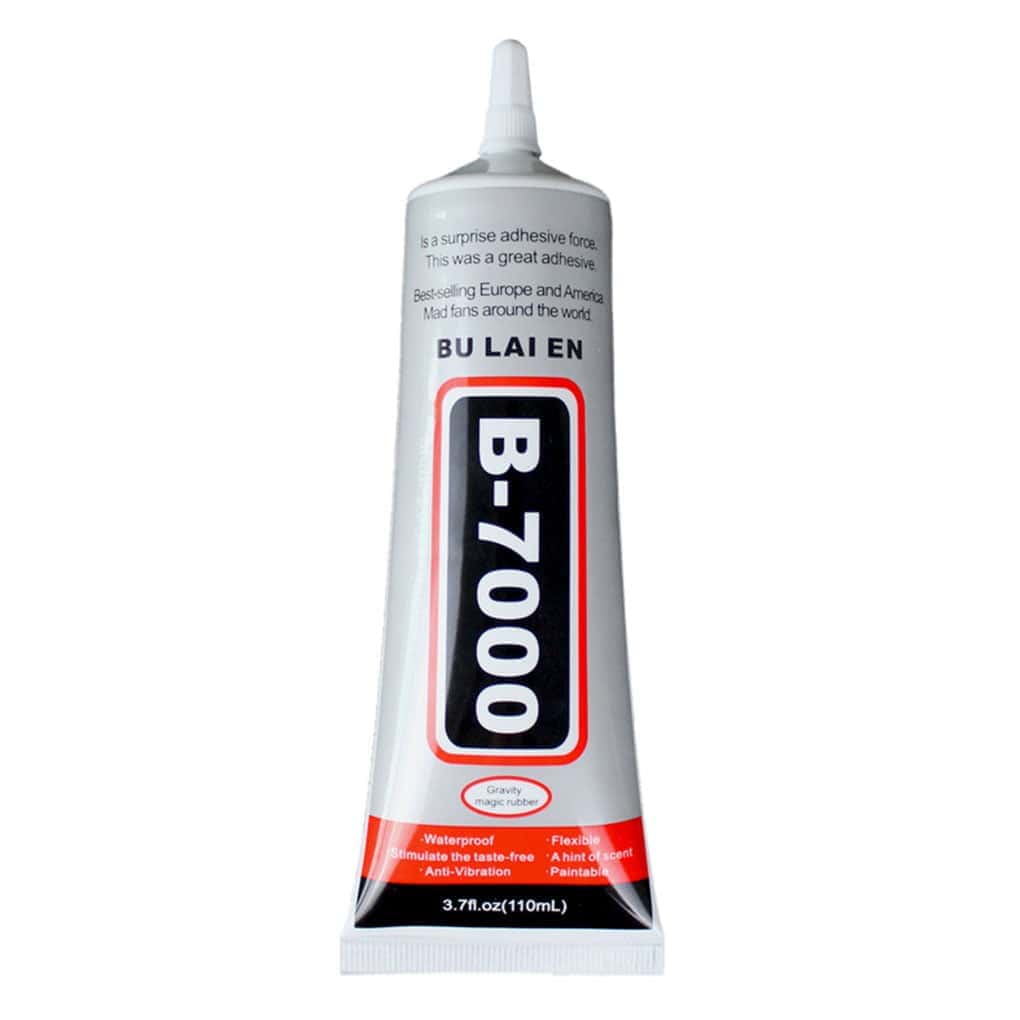
The technical aspects of B7000 glue are worthy of note. It dries clear, ensuring that it will not mar the appearance of your projects. As it’s waterproof, it is reliable for use in environments where moisture is a concern. In terms of application, it requires about 24 hours to set completely, a timeframe that’s important to consider during project planning. It also boasts a minimal odor which makes it more pleasant to work with compared to other adhesives with strong fumes.
Key Takeaways
- B7000 Glue is a multipurpose adhesive effective on diverse surfaces.
- It offers high elasticity, clear drying, and waterproof properties.
- The glue needs roughly 24 hours to fully set and has a low odor.
Properties and Applications
B7000 Glue is known for its versatility and adhesive strength, making it a popular choice for various materials and applications.
Physical Characteristics
B7000 glue boasts a clear finish which allows for clean and inconspicuous repairs. The glue is also very flexible, accommodating minor movements of bonded materials without cracking. This quality particularly enhances the durability of the bond in changing environments.
Adhesion and Strength
The strong bond created by B7000 glue is complemented by its resistance to conditions such as water, heat, and certain chemicals. This contributes to the glue’s dependable adhesion properties. Once cured, the glue maintains a high level of strength and does not easily break down.
Material Compatibility
| Material | Compatibility |
|---|---|
| Plastic | Yes |
| Metal | Yes |
| Glass | Yes |
| Fabric | Yes |
| Leather | Yes |
| Wood | Moderate |
| Stone | Moderate |
| Ceramic | Yes |
B7000 glue is suitable for bonding an array of materials, including plastic, metal, glass, and fabric. It performs well with leather and is capable of adhering to porous surfaces such as wood, stone, and ceramic to a reasonable degree, though its effectiveness can vary depending on the specific surface textures and porosity.
Technical Specifics and Usage
B7000 Glue is known for its strong adhesion properties and flexibility which makes it a popular choice among DIY enthusiasts for a multitude of projects involving various materials.
Curing and Drying
B7000 glue requires approximately 24 hours to cure fully, although the surface tends to become tacky within 3 to 5 minutes after application. To speed up the drying time, gentle heat from a hair dryer can be applied. This technique is especially useful in scenarios where quick bonding is a priority. The curing process varies depending on the ambient temperature and humidity levels.
Curing Time:
- Standard: 24 hours
- Tacky Surface: 3-5 minutes
Handling and Safety
When using B7000, it’s important to work in a well-ventilated area due to the odor it emits. DIY projects often involve materials that can be sensitive or hazardous, so wearing gloves is recommended to protect your skin. Always follow the manufacturer’s instructions to ensure safe and effective use.
Safety Checklist:
- Work in ventilated spaces
- Wear gloves
- Follow manufacturer guidelines
Tips for DIY Projects
B7000 glue’s versatility makes it suitable for indoor and outdoor projects. Its elasticity ensures a strong bond for materials like electronics, jewelry, and even shoes. When repairing electronic components, make sure to apply the adhesive sparingly to avoid any overflow that could lead to damage. For phone repair, B7000 provides the flexibility required for the rigorous use smartphones typically undergo.
Project Tips:
- Apply sparingly to electronics
- Ideal for versatile materials: indoor, outdoor, electronics, and jewelry making
Frequently Asked Questions
In this section, we cover some common inquiries about B7000 glue to provide a better understanding of its properties, uses, and alternatives.
What are the optimal uses of B-7000 adhesive?
B-7000 adhesive excels in bonding various materials like plastics, metals, glass, and fabrics, which makes it suitable for crafts, jewelry making, and electronic device repairs. Its strength and flexibility offer a reliable hold for objects that may experience movement or stress.
Where can I find B-7000 adhesive in local stores?
You can find B-7000 adhesive at hardware stores, craft supply shops, and online retailers. Some electronic repair shops may also stock this glue.
How does B-7000 adhesive compare to E6000 in terms of performance and applications?
While both B-7000 and E6000 are strong adhesives, B-7000 is noted for its superior flexibility, which is ideal for items that undergo regular movement. E6000 may offer stronger adhesion for static, heavy-duty applications, but B-7000 is better suited for applications requiring more flexibility.
What alternatives exist to B-7000 adhesive for similar applications?
Alternatives to B-7000 adhesive include cyanoacrylate glues for fast bonding, silicone-based adhesives for flexibility and waterproofing, and polyurethane glues for a strong bond on a variety of surfaces.
Is B-7000 adhesive suitable for repairing footwear?
Yes, B-7000 adhesive can be used to repair footwear. It’s flexibility and resistance to water and heat make it a good choice for tasks like fixing separated soles or tears in shoes.
Is B7000 Waterproof? Does It provide a waterproof seal once cured?
Yes, B7000 is waterproof once fully cured. It forms a strong, flexible bond that is resistant to water, making it suitable for various applications where moisture resistance is desired. Once fully cured, B-7000 adhesive creates a seal that is resistant to water, making it suitable for repairs or projects that may come into contact with moisture.
B6000 vs B7000
B6000 and B7000 are both multipurpose adhesives often used for crafts and repairs. While they share similarities, there are subtle differences. B6000 is considered an upgrade of B7000, offering improved flexibility and a slightly stronger bond. It’s also touted to have a less pungent odor. B7000, on the other hand, might be slightly easier to work with due to its thinner consistency. Ultimately, the choice between them depends on your specific project and preferences.
How long does B7000 take to dry
B7000 typically has a surface drying time of 3-6 minutes, meaning it will be tacky to the touch within that timeframe. However, complete curing takes longer, usually around 24-72 hours. It’s best to allow the full curing time for optimal bond strength.
Is B7000 glue toxic
While B7000 is generally considered safe for most applications, it does contain chemicals and emits fumes. It’s recommended to use it in a well-ventilated area and avoid direct contact with skin or eyes. If you have any concerns about toxicity, consider using a different adhesive or consulting a professional.
How to use B7000 glue
To use B7000 glue effectively, follow these steps:
- Clean and prepare the surfaces: Ensure the surfaces to be bonded are clean, dry, and free of dust or debris.
- Apply the glue: Apply a thin, even layer of B7000 to one or both surfaces using the applicator tip or a toothpick.
- Join the surfaces: Press the surfaces together firmly and hold them in place for a few minutes to allow the glue to set.
- Cure time: Allow the glue to cure completely for 24-72 hours before subjecting it to stress or moisture.
Remember, B7000 has a strong odor, so it’s best to work in a well-ventilated area. Additionally, it’s advisable to test the glue on a small, inconspicuous area before applying it to your main project.
Using B-7000 To Adhere A Mirror To Wood
B-7000 adhesive is a popular choice for adhering mirrors to wood, but there are some important considerations to keep in mind regarding its potential effects on the mirror coating.
B-7000 and Mirror Coatings
- Acidity: While B-7000 is not highly acidic, it can still contain some acidic components. These components may react with the delicate silver or aluminum backing of some mirrors, causing discoloration or damage over time. This is especially true for older or antique mirrors with thinner or less protective coatings.
- Solvent Content: B-7000 also contains solvents that could potentially damage the mirror coating if they come into direct contact.1
Recommendations
- Test a Small Area: Before applying B-7000 to your entire mirror, it’s crucial to test it on a small, inconspicuous area first. Apply a small amount of adhesive, let it dry completely, and then check for any discoloration or damage to the mirror coating.
- Neutral-Cure Sealant: If you’re concerned about acidity, consider using a neutral-cure silicone sealant instead. These sealants are specifically designed for use with mirrors and are less likely to cause damage.2
- Indirect Application: To minimize the risk of the adhesive contacting the mirror coating, apply it to the wood surface only, leaving a small gap between the adhesive and the mirror edges.
Additional Tips
- Clean Surfaces: Ensure both the mirror and wood surfaces are clean and dry before applying any adhesive.
- Use Proper Ventilation: B-7000 releases fumes, so work in a well-ventilated area.
- Follow Instructions: Always follow the manufacturer’s instructions for application and curing times.
Alternatives to B-7000
- Mirror Mastic: This is a specialized adhesive designed for mirrors and provides a strong, long-lasting bond.
- Double-Sided Tape: For lighter mirrors, strong double-sided tape can be a good option.
By following these precautions and considering alternatives, you can safely adhere your mirror to wood while minimizing the risk of damage to the mirror coating.
Important Note: The specific composition of B-7000 can vary slightly depending on the manufacturer. If you have any doubts, it’s always best to contact the adhesive manufacturer or a professional glazier for advice.

